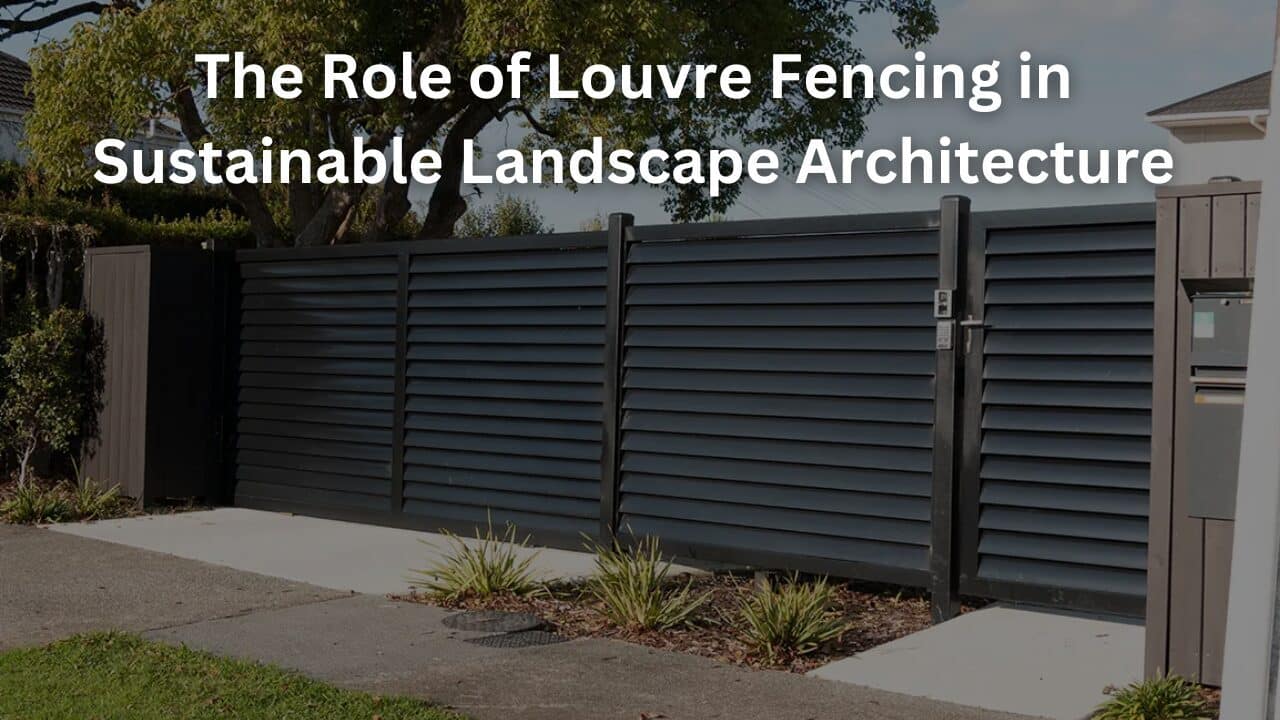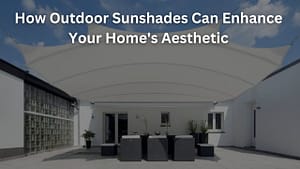Louvre fencing, characterized by its horizontal slats or blades set at an angle, has gained significant traction in sustainable landscape architecture. This architectural element is not just a visual addition; it plays a crucial role in promoting environmental sustainability, enhancing aesthetic appeal, and providing functional benefits. This article delves into how louvre fencing contributes to sustainable landscape architecture and why it is becoming a preferred choice for modern developments.
Enhancing Aesthetic Appeal and Functionality
Louvre fences add a contemporary and sleek appearance to outdoor spaces. Their design allows for a blend of visibility and privacy, creating a visually appealing barrier without completely obstructing views. This balance is particularly important in urban settings where maintaining a connection with the surroundings is desirable. The aesthetic flexibility of louvre fencing allows it to complement various architectural styles, from minimalist modern homes to traditional residences.
Beyond aesthetics, louvre fences are highly functional. Their angled slats can be adjusted to control light and air flow, creating a more comfortable and versatile outdoor environment. This functionality makes louvre fencing an excellent choice for areas that require both ventilation and privacy, such as gardens, patios, and balconies.
Promoting Environmental Sustainability
One of the key aspects of sustainable landscape architecture is the integration of materials and designs that reduce environmental impact. Louvre fencing excels in this regard through several means:
1. Material Selection:
Louvre fences are often made from sustainable materials such as aluminum and recycled wood. Aluminum is highly durable and recyclable, making it an eco-friendly choice. Recycled wood or composite materials reduce the demand for virgin timber, thereby lessening deforestation and the environmental footprint of production.
2. Energy Efficiency:
The design of louvre fences can significantly contribute to energy efficiency in buildings. By providing shade and reducing direct sunlight exposure, louvre fences help to lower indoor temperatures, thereby reducing the need for air conditioning. This passive cooling method is a simple yet effective way to enhance the energy efficiency of a property.
3. Microclimate Regulation:
Louvre fences can help regulate microclimates in outdoor spaces. Their adjustable slats allow for precise control over the amount of sunlight and wind that penetrates the fenced area. This control can create more favorable growing conditions for plants, reducing the need for artificial irrigation and climate control systems. By fostering a healthier microclimate, louvre fences contribute to the overall sustainability of the landscape.
Durability and Longevity
Sustainability in landscape architecture is not only about using eco-friendly materials but also about ensuring longevity and durability of structures. Louvre fencing is known for its robustness and long lifespan. High-quality materials such as powder-coated aluminum are resistant to weathering, corrosion, and wear, ensuring that the fence maintains its structural integrity and appearance over time. This durability reduces the need for frequent replacements and repairs, further minimizing environmental impact and resource consumption.
Reducing Urban Heat Island Effect
Urban areas are prone to the heat island effect, where concrete and asphalt surfaces absorb and retain heat, raising the ambient temperature. Louvre fencing can mitigate this effect by providing shade and reducing the heat absorption of surrounding surfaces. When integrated with green walls or vegetation, louvre fences can enhance this cooling effect, promoting a more comfortable and sustainable urban environment.
Supporting Biodiversity
Louvre fences can be designed to support local biodiversity. By incorporating features such as green walls, climbing plants, and nesting boxes, these fences can provide habitats for birds, insects, and other wildlife. This integration supports urban biodiversity and contributes to the ecological health of the area. Moreover, the use of native plants in these green integrations ensures that local ecosystems are supported and maintained.
Water Management
Effective water management is a crucial component of sustainable landscape architecture. Louvre fences can play a role in this by supporting rainwater harvesting systems. The angled slats can be designed to channel rainwater into collection systems, which can then be used for irrigation and other purposes. This not only conserves water but also reduces runoff and the strain on municipal water systems.
Flexibility and Adaptability
The adaptability of louvre fencing makes it a versatile solution for various landscape needs. Its design can be customized to fit different heights, angles, and spacing, allowing for tailored solutions that meet specific site requirements. This flexibility is particularly beneficial in urban areas where space is limited and multifunctional designs are essential.
Conclusion
Louvre fencing is a multifaceted element in sustainable landscape architecture, offering aesthetic, functional, and environmental benefits. Its ability to enhance energy efficiency, support biodiversity, regulate microclimates, and provide durability makes it a valuable addition to modern landscapes. As the focus on sustainability continues to grow, louvre fencing stands out as a practical and innovative solution that aligns with the principles of sustainable design and development. By integrating louvre fences into landscape projects, architects and designers can create environments that are not only visually appealing but also environmentally responsible and sustainable.




